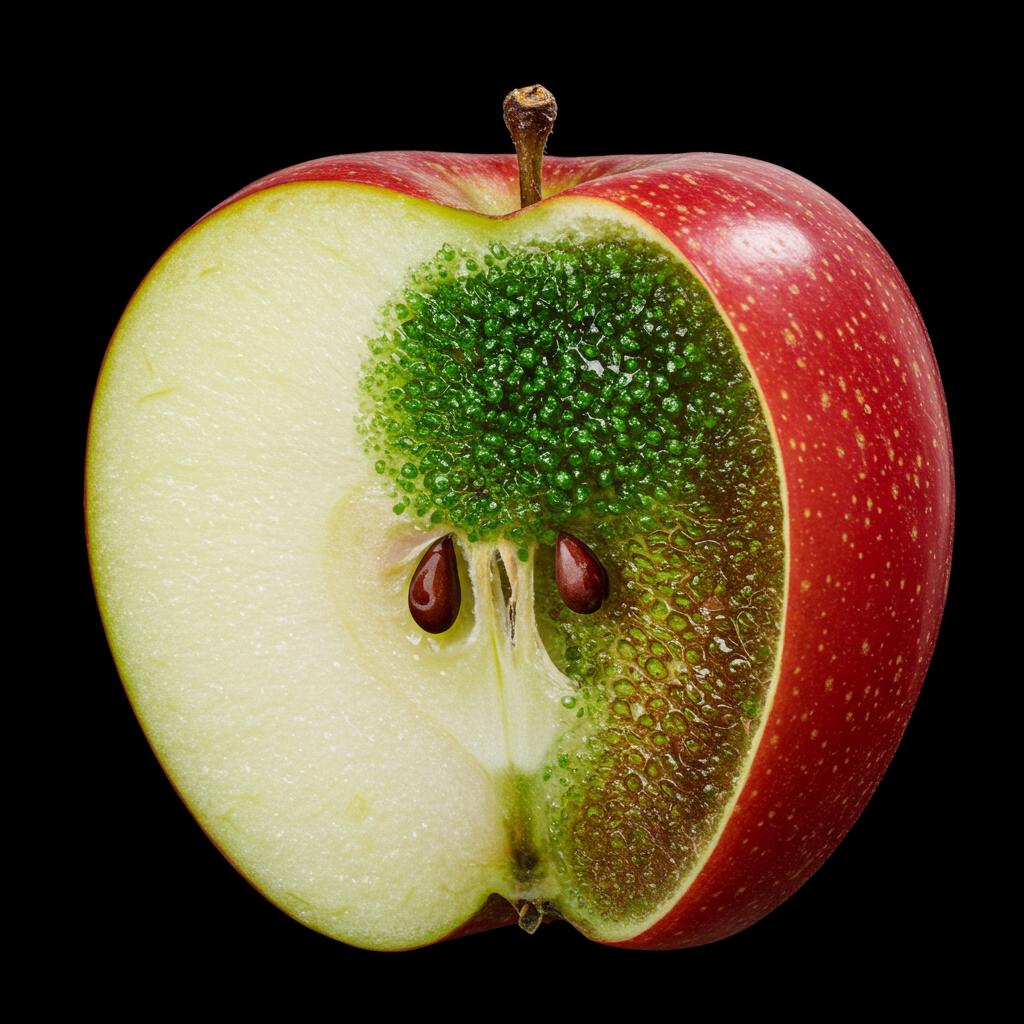
Ever wondered how apple trees survive freezing winters? It’s more than just tough bark and dormant branches. Turns out, there’s a fascinating molecular dance happening inside the tree, a delicate balancing act of hormones that helps them withstand the cold. Recent research has shed light on a key player in this process: a protein called HY5. Think of HY5 as a master conductor, orchestrating the plant’s response to stress, particularly cold stress.
In simple terms, HY5 acts like a switch, turning certain genes “on” or “off” to help the apple tree adapt. When the temperature drops, the amount of HY5 increases, kicking off a cascade of changes. This process involves two crucial plant hormones: auxin (IAA) and abscisic acid (ABA). These hormones are like opposing forces, with IAA typically promoting growth and ABA promoting dormancy and stress responses.
Here’s how HY5 manages these hormones in response to cold:
- HY5 and Auxin (IAA): Under normal conditions, HY5 interacts with genes that produce IAA, specifically MdGH3-2/12, and actually reduces their production. However, during cold stress, this interaction weakens, allowing IAA levels to remain relatively stable. This is important because too much growth-promoting IAA during cold periods could be detrimental to the plant’s survival.
- HY5 and Abscisic Acid (ABA): HY5 also interacts with a gene called MdNCED2, which is essential for producing ABA. Unlike its interaction with IAA genes, HY5 activates MdNCED2, especially under cold conditions. This leads to an increase in ABA, the hormone that helps the plant become dormant and withstand the stress of cold temperatures.
So, what’s the big picture? By influencing these two hormones, HY5 essentially shifts the balance within the apple tree. Under cold stress, the ratio of IAA to ABA decreases, meaning there’s less growth-promoting IAA and more protective ABA. This hormonal shift leads to an increase in anthocyanins, those vibrant red and purple pigments you see in apples. These pigments aren’t just for show; they act like a natural sunscreen and antioxidant, protecting the apple tree’s cells from damage caused by the cold.
This research provides valuable insight into the complex interplay of genes and hormones that enable apple trees to survive harsh winter conditions. It highlights the crucial role of HY5 as a master regulator, fine-tuning the plant’s responses to ensure its survival. Understanding these mechanisms could potentially pave the way for developing more cold-tolerant apple varieties, ensuring a delicious harvest even in challenging climates. It’s a testament to the incredible adaptability of nature and the intricate mechanisms plants have evolved to thrive in diverse environments.
